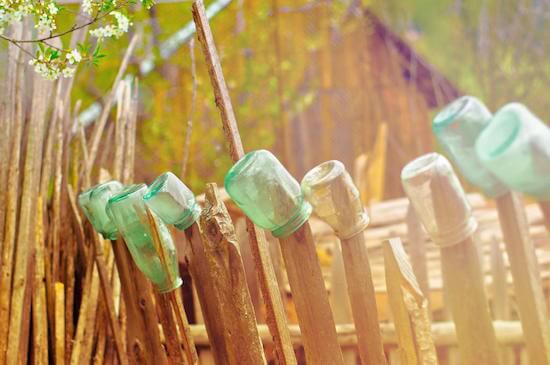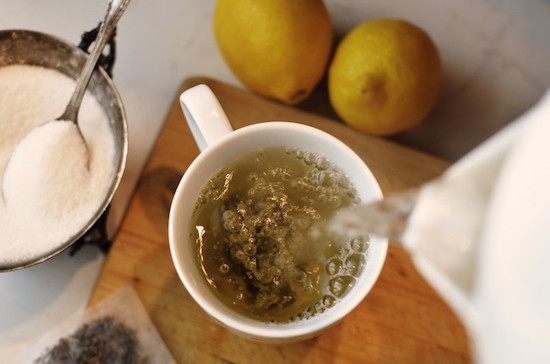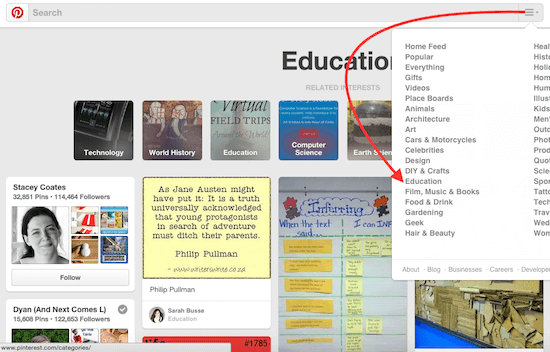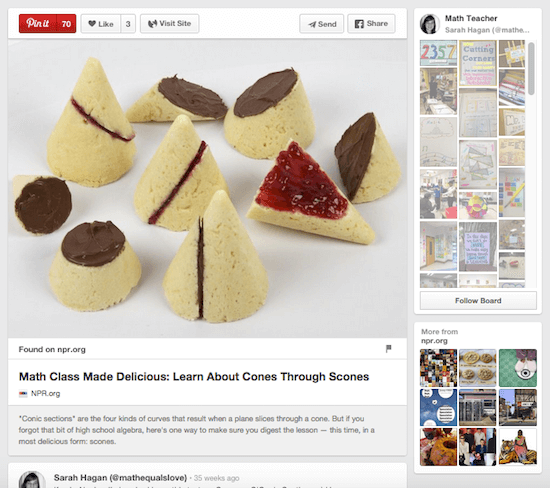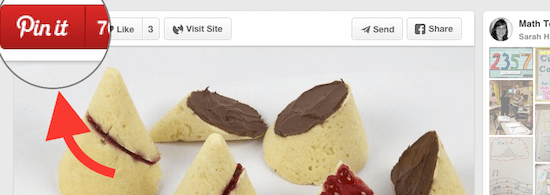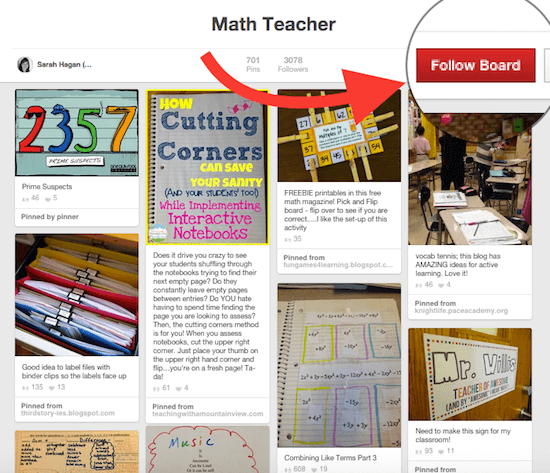An important skill for a teacher to have is to be able to teach kids how to see the bigger picture of a lesson and make connections between academic subjects. One way to do this is through integrated studies, which according to edutopia.org, means you combine subjects by doing projects to get a broader understanding that goes beyond one simple topic. The benefits of integrated teaching are quite vast, and include cooperation, and an increased ability to think critically and creatively. In this lesson idea, we will show you how to combine English, Social Studies, and Art to teach your students about making lanterns as an educational craft.

History of making lanterns
You can take the history portion of this lesson in a lot of different ways. You can focus on one culture, one period of time, or even one specific type of lantern. One example of this could be the history of lanterns in China. In this lesson, you could focus on the yearly Lantern Festival. This famous Chinese event began over 2,000 years ago and features lighting lanterns, guessing lantern riddles, folk dances, and eating a sticky rice dumpling called Yuanxiao. Do some research on the history of lanterns for the culture or time period of your choice, and have fun telling stories about lanterns to your students!
The art of making lanterns as an educational craft
A lesson like this is a great way to make some art with your students. After learning about the history behind lanterns, have your students make some! Depending on how you tailored your history lesson or what supplies you have, you can make different types of lanterns. First of all, you could make glass lanterns. To make these, just decorate a mason jar and put a tealight inside. To make a handle, just twist a piece of wire around the jar and hook another piece of wire on two sides of it.
The simplest option is probably to make paper lanterns. To do this, you only need two sheets of coloured paper, scissors, and a stapler. Have your students follow these steps from innerchild.com. Then, hang them from the ceiling of your classroom or tutoring room to brighten up the room!
If you have a little more time for this craft, you can make fun lanterns using yarn or twine. This one is a little more complicated, so you will want to closely follow the directions of wednesdaycustomdesigns.com if you are using yarn, and mrkate.com if you want to use twine.
If you and your students are feeling fairly adventurous, you can even try making flying paper lanterns. This one requires a lot of planning, preparing, and time consuming steps, so make sure you know what you’re getting yourself into before you do this one. Read the instructions by Angie Diersman here.
Apply an English lesson to making lanterns as an educational craft
You can incorporate English studies into both the beginning and end of this lesson. At the beginning, you can have your students read a short story about lanterns, like one about the Chinese Lantern Festival. After the lesson, have your students write about their experience of making the lanterns, and what they learned from it. Or, have them write a small speech to present their lantern and what it represents.
Now that you have this idea for an integrated lesson, try making lanterns as an educational craft with your students! Or, apply these skills to create a fun lesson combining different subjects. Have fun doing integrated lessons with your students!
